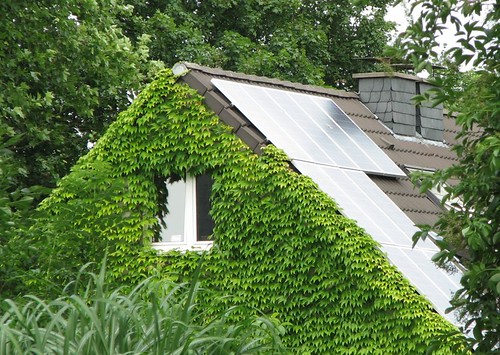
Photo Credit samk
Microsoft operate a private bus service called the Connector service for employees to get to work at its headquarters in Redmond. Microsoft has 39,000 employees working at its Redmond campus so providing this facility for them is not only Green, it also reduces on congestion and the requirement for parking spaces.
Microsoft announced the other day the expansion of this service to nine new neighbourhoods in the Puget Sound area. It now covers 19 neighbourhoods and to date:
the Connector has provided more than 380,000 rides to 8,650 employees, and has reduced carbon emissions by 5.5 million pounds. With this expansion, estimates suggest the Connector will eliminate annually 6,730,020 employee car miles and 6,387,550 pounds (or 3,194 tons) of carbon emissions.
That’s some impressive numbers!
As well as getting a free ride, the buses are Wi-Fi–enabled and equipped with AC power – now if only they were battery operated or ran on biofuels, then they’d be really Green!



